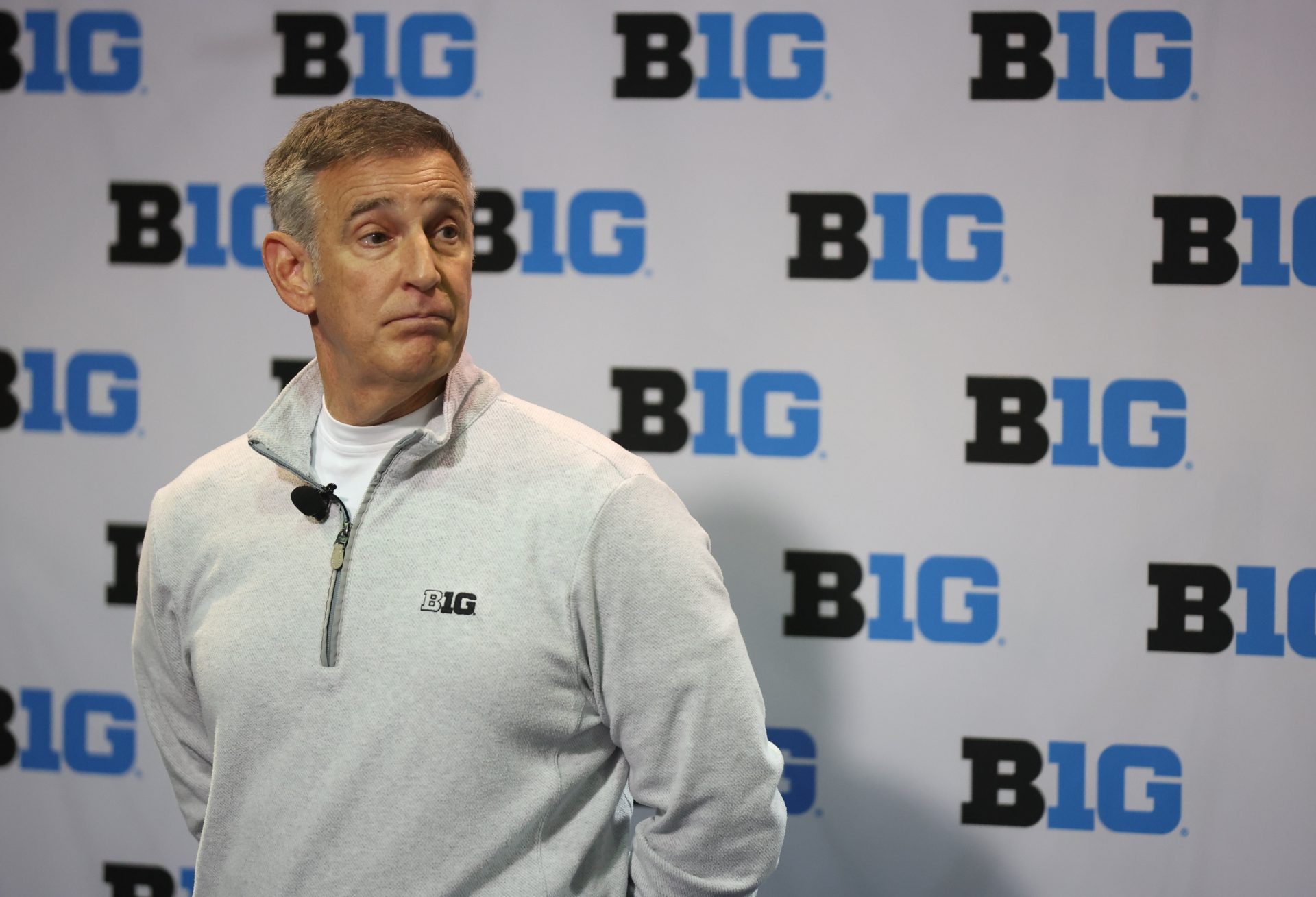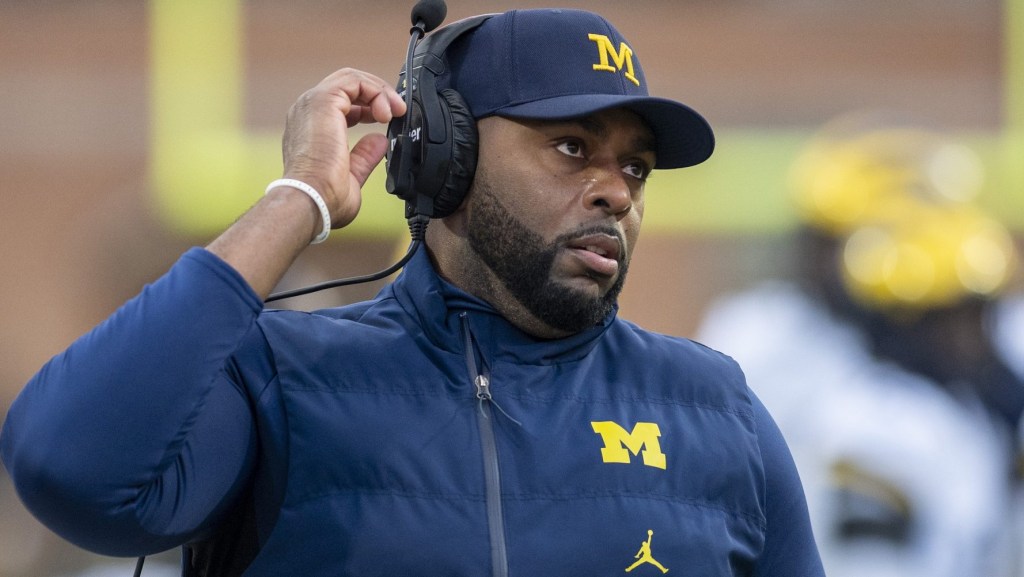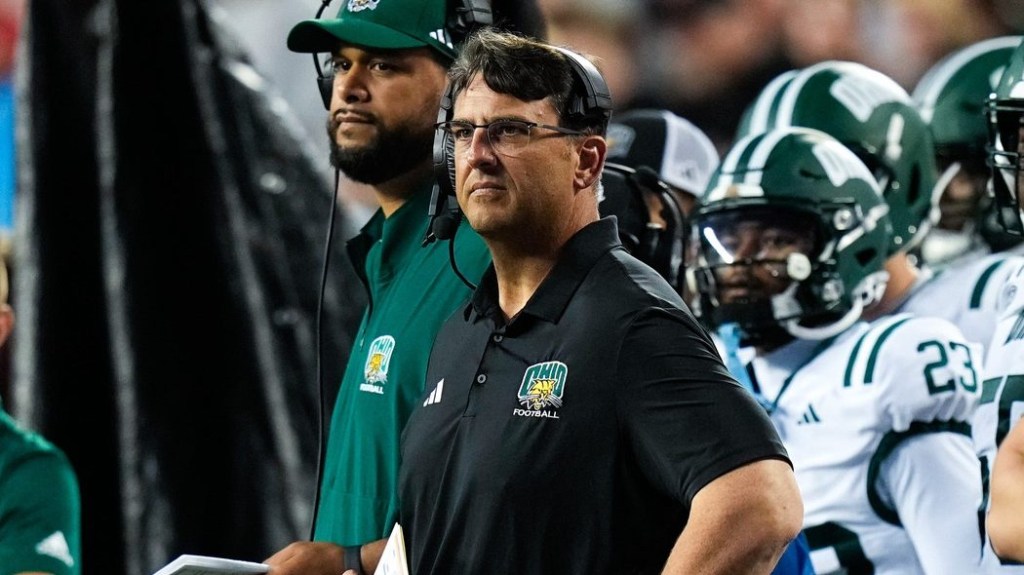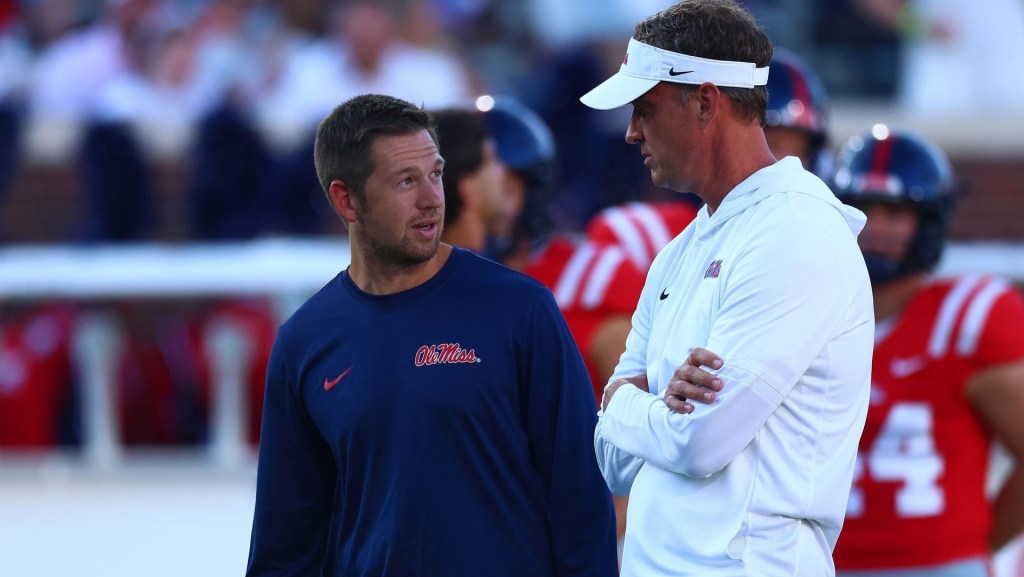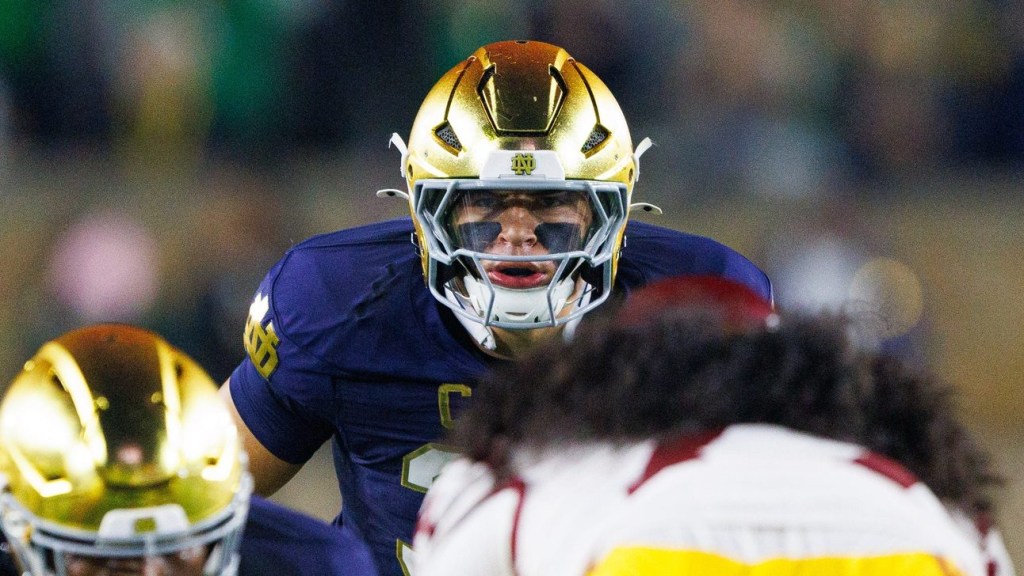As March Madness inches closer to a probable expansion, the Big Ten is advocating for a straight-seeding model that will likely keep its teams in a strong position.
Big Ten commissioner Tony Petitti said that he favors the structure in which teams would be slotted strictly on ranking and judged quality, with no additional deference given to conference winners. In last season’s March Madness official seed list, 23 of the bottom 24 teams were automatic qualifiers from small conferences.
“I think part of the motivation for the NCAA is a recognition with these larger conferences, you’re going to force teams closer to .500 records in their conferences,” Petitti said, also in part referencing recent conference realignment and expansion. “What access do they have? I think, overall, with the system we have now with the large conferences, more access is better.”
Petitti’s comments arrive as deliberations continue about enlarging the Division I men’s college basketball tournament, with a 76-team model arriving as soon as 2027 gathering steam. The expansion from the current 68 teams would help expand access to bubble teams left out on Selection Sunday and then left in a scramble to consider lesser tournaments, or simply ending their seasons.
What Petitti is championing, however, likely ensures Big Ten teams would escape a preliminary round in which lower-ranked teams—primarily those winners from small conferences with just a single March Madness bid—would have to win an opening-round contest to reach the main, 64-team draw.
“We’re biased, [but] we think our teams will be seeded higher as the field goes in,” he said.
There are multiple financial layers to the March Madness discussion as each additional win in the tournament earns an additional “unit” for their conference, and most recently, those units were worth about $2 million. There are also outstanding questions about what an expanded tournament would mean for future rights fees.
Talks around future March Madness structures and perceived fairness are also rising as the Southeastern Conference placed a record 14 teams in the 2025 tournament.
The college basketball discussions, meanwhile, are continuing as a similar, but separate, discussion is happening around expanding the College Football Playoff format from the current, 12-team model. Those negotiations have stalled in recent months as conferences such as the Big Ten and SEC have disagreed on how to allocate automatic bids.
